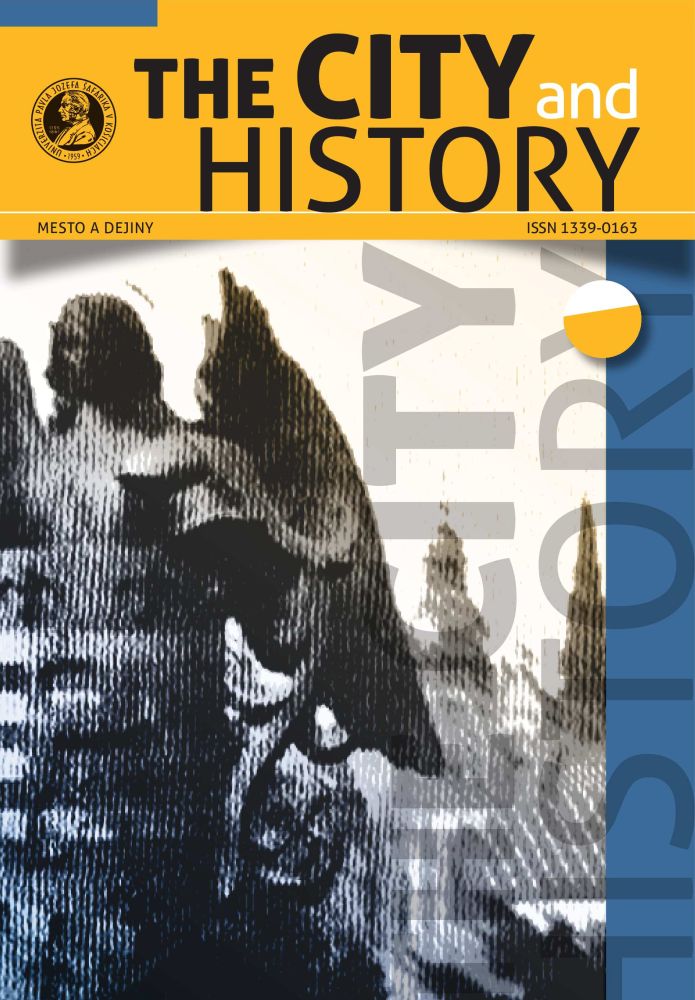The Moravian Compromise of 1905: The Implementation of Lex Perek in Towns Aff ected by the Ethnic Conflict The Moravian Compromise of 1905: The Implementation of Lex Perek in Towns Affected by the Ethnic Conflict
The Moravian Compromise of 1905: The Implementation of Lex Perek in Towns Aff ected by the Ethnic Conflict The Moravian Compromise of 1905: The Implementation of Lex Perek in Towns Affected by the Ethnic Conflict
Author(s): Andrea PokludováSubject(s): History of Law, Political history, Social history, Recent History (1900 till today), History of Education
Published by: Univerzita Pavla Jozefa Šafárika v Košiciach
Keywords: History; Urban history; History of education; Nationalism; Central Europe; Austrian Empire;Czech lands; Nineteenth century; Twentieth century; National confl ict; Moravian compromise;
Summary/Abstract: The main goal of the presented study is to present the implementation of the lex Perek in the context of the national struggle for compulsory schooling in the example of Moravian cities, which in historical memory have become a symbol of the Czech–German ethnic confl ict. At the regional level, the Moravian Compromise, concluded in 1905, contained four provincial laws for the most pressing areas of friction and supposed to blunt the edges of Czech–German confl ict tensions. One of these was the lex Perek, which, in addition to the division of school authorities on the basis of nationality, introduced in § 20 the principle that a child should generally attend a school in whose language of instruction it was profi cient. On the basis of primary and secondary sources (contemporary Czech and German press, records of meetings of the regional assembly, fi les of the regional school board, decrees of the Supreme Administrative Court), the study analyses and interprets conditions in Brno, Olomouc, Moravská Ostrava, Vítkovice and Znojmo through the lens of Czech national activists. It covers the development from the mid-seventies of the nineteenth century after the issuance of the lex Perek and then demonstrates in specifi c cities that the struggle for a child in the cities under study did not end with the implementation of the law.
Journal: The City and History (Mesto a dejiny until 2019)
- Issue Year: 11/2022
- Issue No: 2
- Page Range: 78-116
- Page Count: 39
- Language: English

